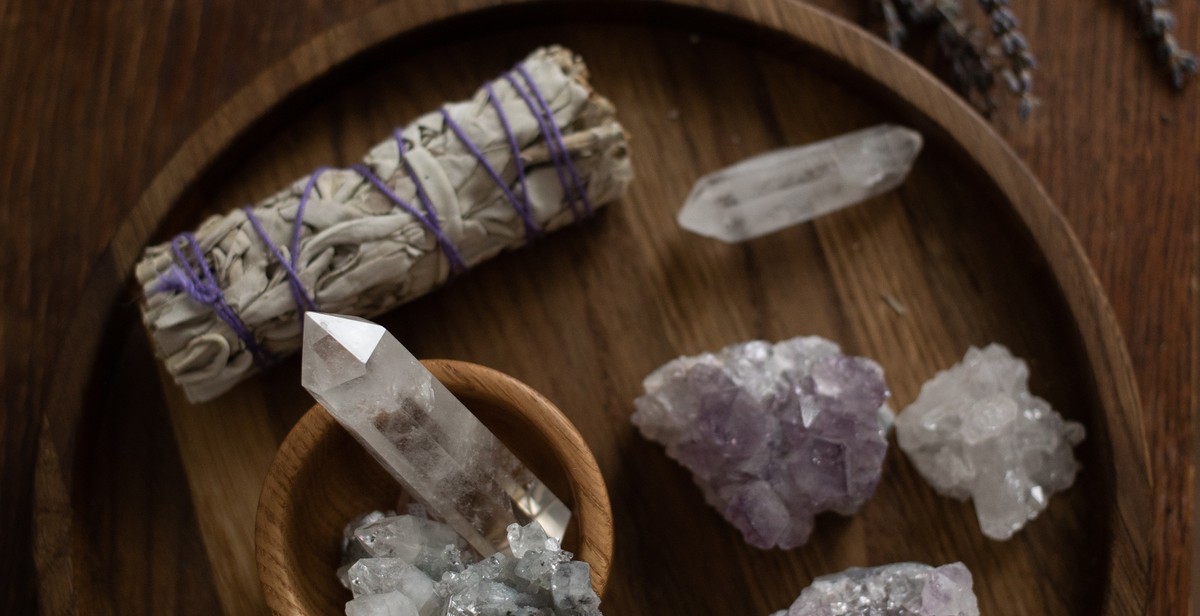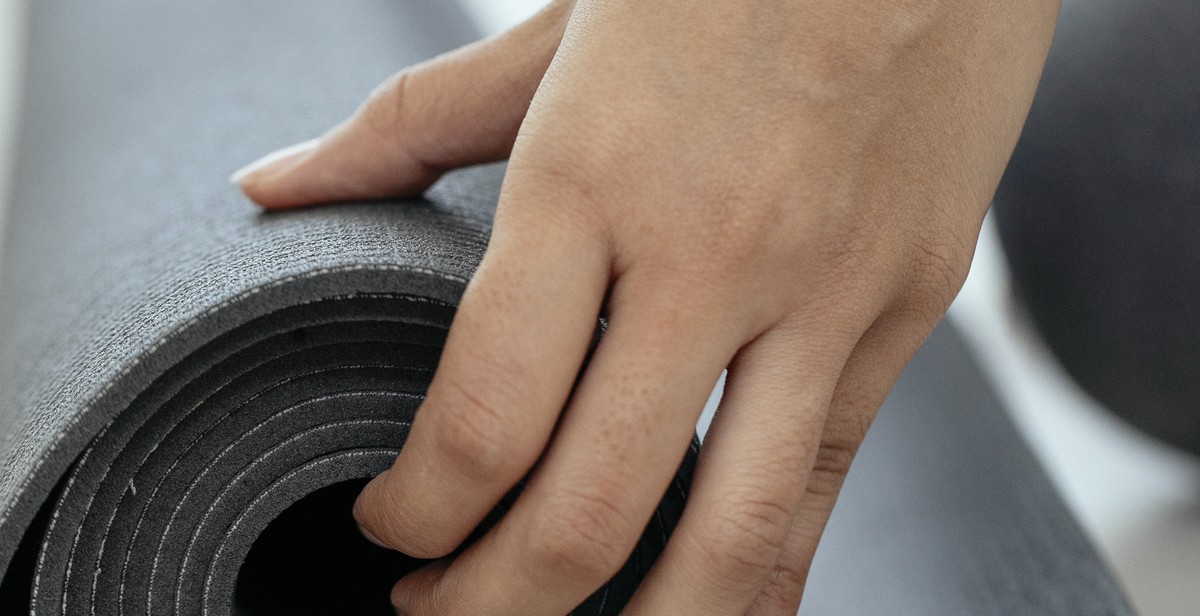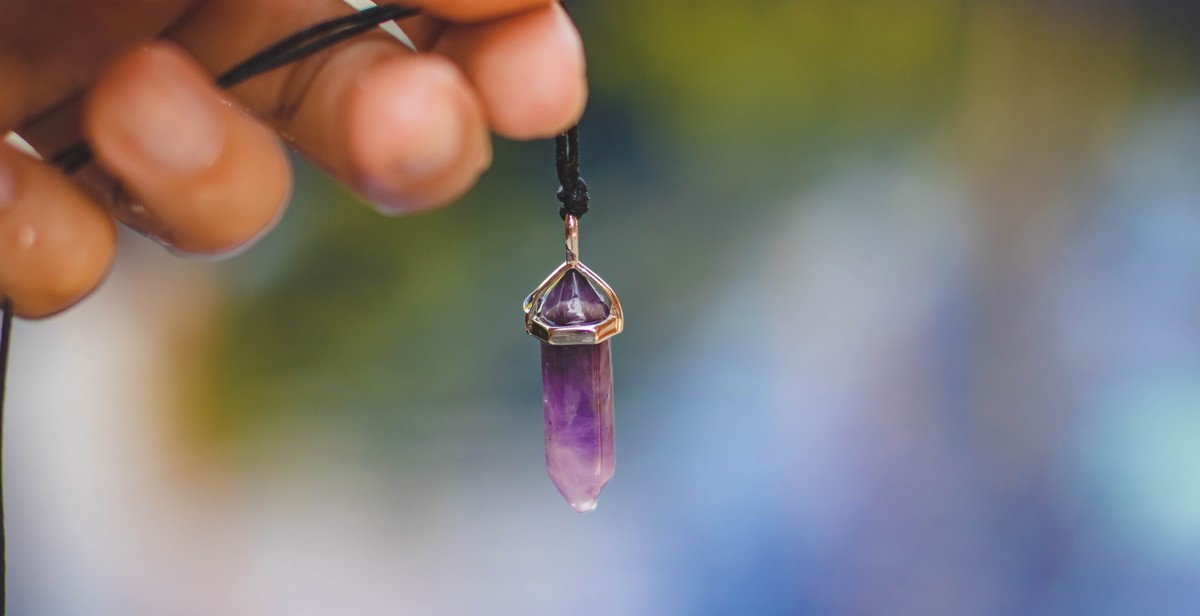What is the difference between ‘precious’ and ‘semi-precious’ gemstones?
Gemstones have been prized for their beauty and rarity for centuries. They are used in jewelry, decorative items, and even in medicine. Gemstones are classified as precious or semi-precious based on their rarity, quality, and value. But what exactly is the difference between these two categories?
Precious Gemstones
Precious gemstones are considered to be the most valuable and rarest of all gemstones. They include diamonds, rubies, sapphires, and emeralds. These gemstones have been highly prized for centuries and are often associated with royalty and wealth. Precious gemstones are typically more expensive than semi-precious gemstones due to their rarity and beauty.
Semi-Precious Gemstones
Semi-precious gemstones are more abundant and less rare than precious gemstones. They include amethyst, garnet, topaz, and turquoise, among others. While they are not as valuable as precious gemstones, they are still highly prized for their beauty and are used in a variety of jewelry and decorative items. Semi-precious gemstones are typically more affordable than precious gemstones, making them accessible to a wider range of people.
Overall, the difference between precious and semi-precious gemstones lies in their rarity, quality, and value. While precious gemstones are considered to be the most valuable and rarest, semi-precious gemstones are still highly prized for their beauty and affordability.

Definition of Precious and Semi-Precious Gemstones
Gemstones are minerals that are cut and polished to be used in jewelry and other decorative items. They come in a variety of colors, shapes, and sizes. However, not all gemstones are considered equal. Some are classified as precious, while others are semi-precious. The classification is based on rarity, value, and historical significance.
Precious Gemstones
Precious gemstones are rare and valuable stones that have been highly prized throughout history. They are typically harder and more durable than semi-precious gemstones. The four precious gemstones are:
- Diamond: Known for its brilliance and hardness, the diamond is the hardest mineral on Earth.
- Emerald: A vibrant green gemstone that is known for its beauty and rarity.
- Ruby: A deep red gemstone that symbolizes love and passion.
- Sapphire: A blue gemstone that is associated with wisdom and royalty.
Semi-Precious Gemstones
Semi-precious gemstones are more common and less valuable than precious gemstones. However, they are still beautiful and can be used in a variety of jewelry designs. Some popular semi-precious gemstones include:
- Amethyst: A purple gemstone that is believed to have healing properties.
- Citrine: A yellow or orange gemstone that is known for its warm and sunny color.
- Garnet: A red gemstone that is often used in vintage jewelry designs.
- Peridot: A green gemstone that is associated with nature and the outdoors.
- Topaz: A versatile gemstone that comes in a variety of colors, including blue, pink, and yellow.
While the terms “precious” and “semi-precious” are still used in the jewelry industry, they are not always an accurate reflection of a gemstone’s value or beauty. Ultimately, the worth of a gemstone is determined by its rarity, quality, and demand.

Historical Significance of Precious and Semi-Precious Gemstones
Gemstones have been valued for their beauty and rarity since ancient times. In many cultures, they were believed to have mystical properties and were worn as symbols of power, protection, and wealth. The historical significance of precious and semi-precious gemstones can be traced back to ancient civilizations such as the Egyptians, Greeks, and Romans.
Precious Gemstones
The four precious gemstones, diamonds, emeralds, rubies, and sapphires, have been highly prized throughout history. Diamonds, for example, were first discovered in India over 2,000 years ago and were believed to have healing powers. They were also worn as a symbol of strength and courage by warriors in battle. Rubies and sapphires were also highly valued in ancient cultures, with the ancient Greeks believing that they had the power to protect their wearers from harm. Emeralds were highly prized by the ancient Egyptians, who believed that they symbolized fertility and rebirth.
Semi-Precious Gemstones
Semi-precious gemstones have also played an important role in history. For example, amethyst was highly valued by the ancient Greeks and Romans and was believed to have the power to ward off drunkenness. The ancient Egyptians believed that turquoise had protective powers and was a symbol of happiness and good fortune. Jade was highly valued in ancient China and was believed to have healing properties.
In conclusion, the historical significance of precious and semi-precious gemstones cannot be overstated. These gemstones have been valued for their beauty, rarity, and mystical properties throughout history and continue to be highly prized today.

Physical Characteristics of Precious and Semi-Precious Gemstones
Precious and semi-precious gemstones are prized for their beauty, rarity, and durability. They come in a variety of colors, shapes, and sizes, and each type of gemstone has its own unique physical characteristics. Three of the most important physical characteristics of gemstones are hardness, specific gravity, and refractive index.
Hardness
The hardness of a gemstone is measured on the Mohs scale, which ranges from 1 (softest) to 10 (hardest). Precious gemstones such as diamonds, rubies, and sapphires are among the hardest gemstones, with a rating of 9 or 10 on the Mohs scale. Semi-precious gemstones such as amethyst, citrine, and garnet are generally softer, with a rating of 7 or below on the Mohs scale. The hardness of a gemstone affects its durability and resistance to scratches and abrasions.
Specific Gravity
The specific gravity of a gemstone is the ratio of its weight to the weight of an equal volume of water. Precious gemstones such as diamonds and sapphires have a high specific gravity, which means they are denser than most other gemstones. Semi-precious gemstones such as amethyst and citrine have a lower specific gravity, which means they are less dense than precious gemstones. The specific gravity of a gemstone can help identify it and distinguish it from other gemstones.
Refractive Index
The refractive index of a gemstone is a measure of how much it bends light as it passes through it. Precious gemstones such as diamonds and rubies have a high refractive index, which means they sparkle and reflect light more than other gemstones. Semi-precious gemstones such as amethyst and garnet have a lower refractive index, which means they are less brilliant and reflective than precious gemstones. The refractive index of a gemstone can also help identify it and distinguish it from other gemstones.
Understanding the physical characteristics of precious and semi-precious gemstones is essential for gemstone identification and valuation. These properties can also help you choose the right gemstone for your jewelry or collection based on your preferences and needs.

Examples of Precious and Semi-Precious Gemstones
There are many types of precious and semi-precious gemstones available in the market. Here are some examples of each:
Precious Gemstones
- Diamond: Known for its brilliance and durability, diamond is the most popular precious gemstone. It is formed deep within the Earth’s mantle and is the hardest mineral known to man.
- Emerald: A green colored gemstone that is known for its beauty and rarity. It is a variety of the mineral beryl and is found in Colombia, Zambia, and Brazil.
- Ruby: A red colored gemstone that is known for its beauty and rarity. It is a variety of the mineral corundum and is found in Myanmar, Sri Lanka, and Thailand.
- Sapphire: A blue colored gemstone that is known for its beauty and durability. It is a variety of the mineral corundum and is found in Myanmar, Sri Lanka, and Madagascar.
Semi-Precious Gemstones
- Amethyst: A purple colored gemstone that is known for its beauty and affordability. It is a variety of the mineral quartz and is found in Brazil, Uruguay, and Zambia.
- Citrine: A yellow to orange colored gemstone that is known for its affordability and durability. It is a variety of the mineral quartz and is found in Brazil, Madagascar, and the United States.
- Garnet: A red to brown colored gemstone that is known for its affordability and durability. It is a group of minerals that includes almandine, pyrope, and spessartine and is found in Africa, Australia, and the United States.
- Peridot: A green colored gemstone that is known for its affordability and durability. It is a variety of the mineral olivine and is found in Arizona, China, and Pakistan.

Factors Affecting the Value of Precious and Semi-Precious Gemstones
The value of precious and semi-precious gemstones is determined by a variety of factors, including:
- Rarity: The rarity of a gemstone is a major factor in determining its value. Precious gemstones such as diamonds, rubies, sapphires, and emeralds are rare and highly valued, while semi-precious gemstones such as amethyst, garnet, and citrine are more common and less valuable.
- Color: The color of a gemstone can greatly affect its value. Precious gemstones with vivid, intense colors are highly prized, while dull or pale colors can significantly decrease a gemstone’s value. For example, a deep red ruby is more valuable than a light pink one.
- Clarity: The clarity of a gemstone refers to the absence of inclusions or blemishes. Precious gemstones with few or no inclusions are highly valued, while semi-precious gemstones with visible inclusions are less valuable.
- Size: The size of a gemstone can also affect its value. Larger gemstones are generally more valuable than smaller ones of the same quality.
- Cut: The cut of a gemstone refers to its shape and the way it has been faceted. A well-cut gemstone will reflect light and sparkle, increasing its value. Poorly cut gemstones with uneven facets or poor symmetry are less valuable.
- Origin: The origin of a gemstone can also affect its value. Gemstones from certain locations, such as Kashmir sapphires or Colombian emeralds, are highly prized and command a premium price.
Overall, the value of a gemstone is determined by a combination of these factors, with rarity being the most important. Precious gemstones are generally rarer and more valuable than semi-precious gemstones, but there are exceptions based on the other factors.

Conclusion
In conclusion, the terms ‘precious’ and ‘semi-precious’ gemstones have been used for centuries to classify certain types of gemstones. However, the terms are not necessarily indicative of the actual value or rarity of a gemstone.
While precious gemstones such as diamonds, rubies, sapphires, and emeralds are highly valued and sought after, there are many semi-precious gemstones that are equally as beautiful and valuable in their own right.
It is important to note that the value of a gemstone is determined by a variety of factors such as rarity, quality, and demand. Therefore, it is essential to educate oneself on these factors before making a purchase to ensure that you are getting the best value for your money.
Final Thoughts
Whether you are a gemstone collector or simply someone who appreciates the beauty of natural stones, understanding the difference between precious and semi-precious gemstones is essential.
By understanding the various factors that determine the value of a gemstone, you can make informed decisions when it comes to purchasing or investing in gemstones. Remember, the beauty of a gemstone is not solely determined by its classification as precious or semi-precious.
- Do your research before making a purchase
- Consider the rarity, quality, and demand of the gemstone
- Appreciate the beauty of all gemstones, regardless of classification
Thank you for reading this article on the difference between precious and semi-precious gemstones. We hope that it has been informative and helpful in your understanding of these beautiful natural stones.

